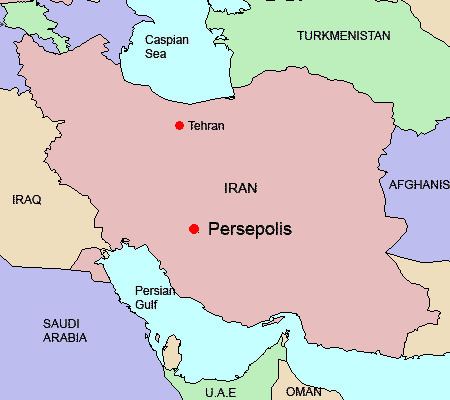 | ||
Tall-i Bakun or Tall-e Bakun (in modern Fars Province, Iran) was a prehistoric site in the Ancient Near East about 3 km south of Persepolis. It was inhabited around 4000-3500 BC.
Contents
Archaeology
The site consists of two mounds, A and B. In 1928, exploratory excavation was done by Ernst Herzfeld, of the University of Berlin. Alexander Langsdorff and Donald McCown conducted full scale excavations in 1932. Additional work was done at the site in 1937 by Erich Schmidt leading the Persepolis Expedition of the Oriental Institute of the University of Chicago. Some limited work was done at Tall-i Bakun by a team from the Tokyo University led by Namio Egami and Seiichi Masuda in 1956. The most recent excavations were by a joint team of the Oriental Institute and the Iranian Cultural Heritage and Tourism Organisation.
History
The site was active from circa 6th millennium BC to circa 4th millennium BC.
Tall-i Bakun phase A was inhabited c. 4000-3500 BCE. Four layers can be distinguished. Layer III was the best preserved and shows a settlement in which the residential buildings were built close together with no roads or paths. Individual houses consisted of several rooms. Remains of mural paintings and of wooden columns suggest a once rich interior.
Richly painted pottery was produced. There were also ceramic female figurines and those of animals. There were also cylinder seals, which indicates some type of administrative activities.
Artifactual remains from the site include objects made of copper, potterym and stone.
The wealth and variety of material items at Bakun and the evidence of large workshop areas point to the existence of local industry and connection/trade with distant regions such as the Persian Gulf, the central plateau, Kerman, and northeastern Iran whence goods like shells, copper, steatite, lapis, and turquoise were procured. If my inferences are correct, we have a settlement that is spatially arranged according to its functional needs and socio-economic organization.
Bakun culture
The Bakun culture flourished in the Fars Province of Iran in the fifth and early fourth millenniums BC. It had a long duration and wide geographical distribution. Its pottery tradition was as sophisticated as that of Susa I. Nevertheless, it was mostly a nomadic culture, and its settlements were typically much smaller than those of Susa.
Bakun pottery is known in the Fars region in the form of bowls and jugs with green, reddish brown or deep brown bands and stripes.
Outside Fars this pottery has been found in northern Khuzestan, in the Bakhtiari mountains, and in the Behbahan and Zuhreh regions.
In the late fifth and early fourth millennia BC, Bakun A settlements were at once manufacturing sites and centres for the administration of production and trade. Their painted pottery featured some unusual specific motifs, such as large-horned mountain sheep and goats, that were rare or unique elsewhere.
After the decline of Bakun, Lapui period followed. In recent publications, Bakun period is dated 4800-4100 BC, and the Lapui period is dated to 4100-3500 BC.
